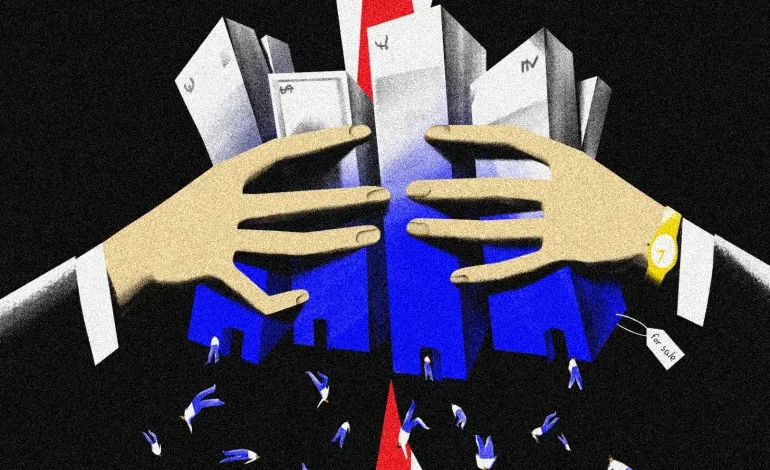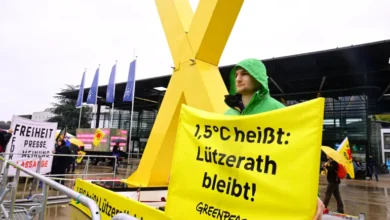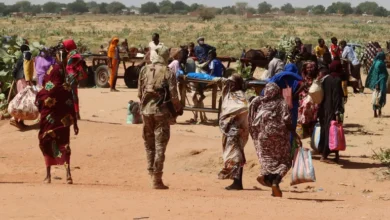Why do the rich get richer — even during global crises?

Death and devastation are not the only calling cards COVID-19 will be remembered by. The pandemic has also drastically widened inequalities across the globe over the past three years.
According to the Bloomberg Billionaires Index, 131 billionaires more than doubled their net worth during the pandemic. The world’s richest person, Louis Vuitton chief Bernard Arnault, was worth $159bn on December 27, 2022, up by around $60bn compared with early 2020. Elon Musk, the planet’s second-wealthiest man, boasted a $139bn fortune — it was less than $50bn before the pandemic. And India’s Gautam Adani, third on the index, has seen his wealth increase more than tenfold in this period, from approximately $10bn at the start of 2020 to $110bn at the end of 2022.
At the same time, close to 97 million people — more than the population of any European nation — were pushed into extreme poverty in just 2020, earning less than $1.90 a day (the World Bank-defined poverty line). The global poverty rate is estimated to have gone up from 7.8 percent to 9.1 percent by late 2021. Now, skyrocketing inflation is affecting real wage growth, eating into the disposable incomes of people around the world.
To curb rising prices, central banks are reducing the flow of money into the economy by increasing interest rates and withdrawing excess liquidity. But that has again boomeranged on workers, with companies — from tech firms like Amazon, Twitter and Meta to banks like Goldman Sachs — announcing layoffs at the end of an already tumultuous 2022.
Al Jazeera spoke to economists to understand why the rich keep getting richer even amid crises and whether that is inevitable each time there is an economic slowdown.
The short answer: Many countries adopt policies such as tax breaks and financial incentives for businesses to boost economies amid crises like the pandemic. Central banks flood the economy with money to make it easier to lend and spend. This helps the wealthy grow their money through financial market investments. But widening inequality is not unavoidable.
Stock market boom
When the pandemic began, central banks across the world swung into action to protect financial markets that took a severe beating as governments started imposing lockdown restrictions.
To save the economy from collapsing, central banks slashed interest rates, thereby lowering borrowing costs and increasing the supply of money. They also pumped trillions of dollars into financial markets with the aim of encouraging companies to invest in the economy. Major central banks have infused more than $11 trillion into the global economy since 2020.
These interventions triggered a boom in the value of stocks, bonds and other financial instruments — but the rise in asset prices wasn’t accompanied by an increase in economic production.
“Instead of leading to more economic output, a bulk of the sudden infusion of money into the financial system led to a dramatic rise in asset prices, including stocks, which benefitted the rich,” Francisco Ferreira, director of the International Inequalities Institute at the London School of Economics (LSE), told Al Jazeera.
A year into the pandemic, capital markets had risen $14 trillion, with 25 companies — mostly in the technology, electric vehicles and semiconductors segment — accounting for 40 percent of the total gains, according to an analysis of stock performance of 5,000 companies by consulting firm McKinsey.
“The result is that this pandemic period has seen the biggest surge in billionaire wealth since the records began,” Oxfam America’s Director of Economic Justice Nabil Ahmed told Al Jazeera. “And we are still coming to terms about how extraordinary that rise has been.”











